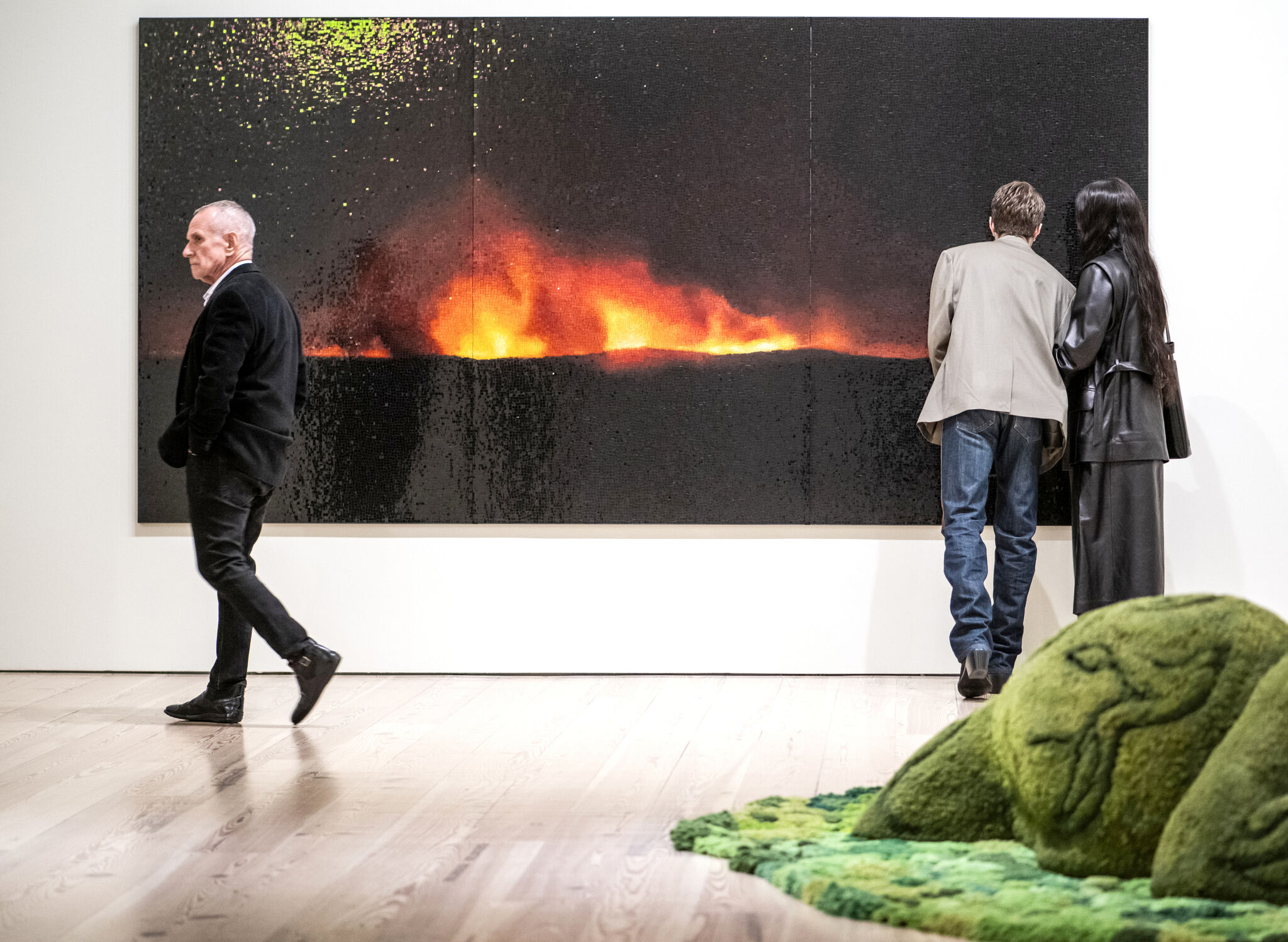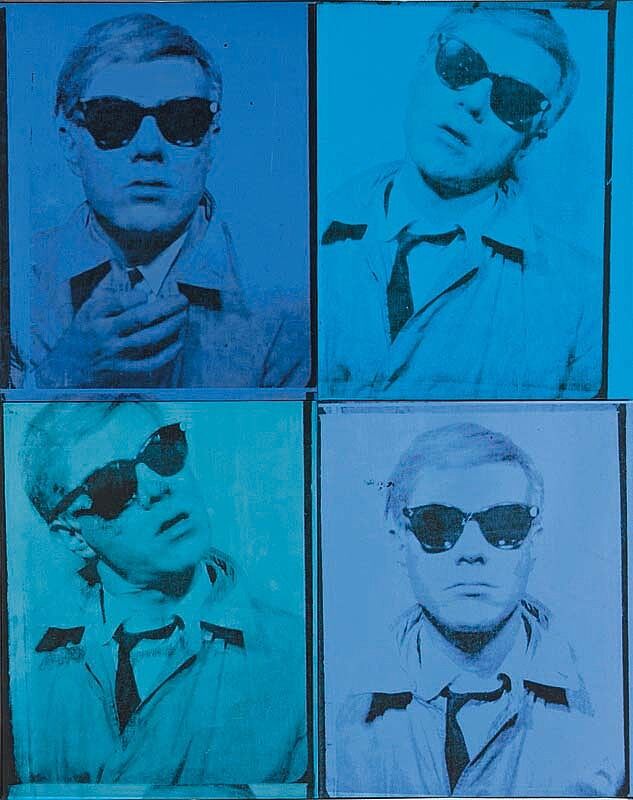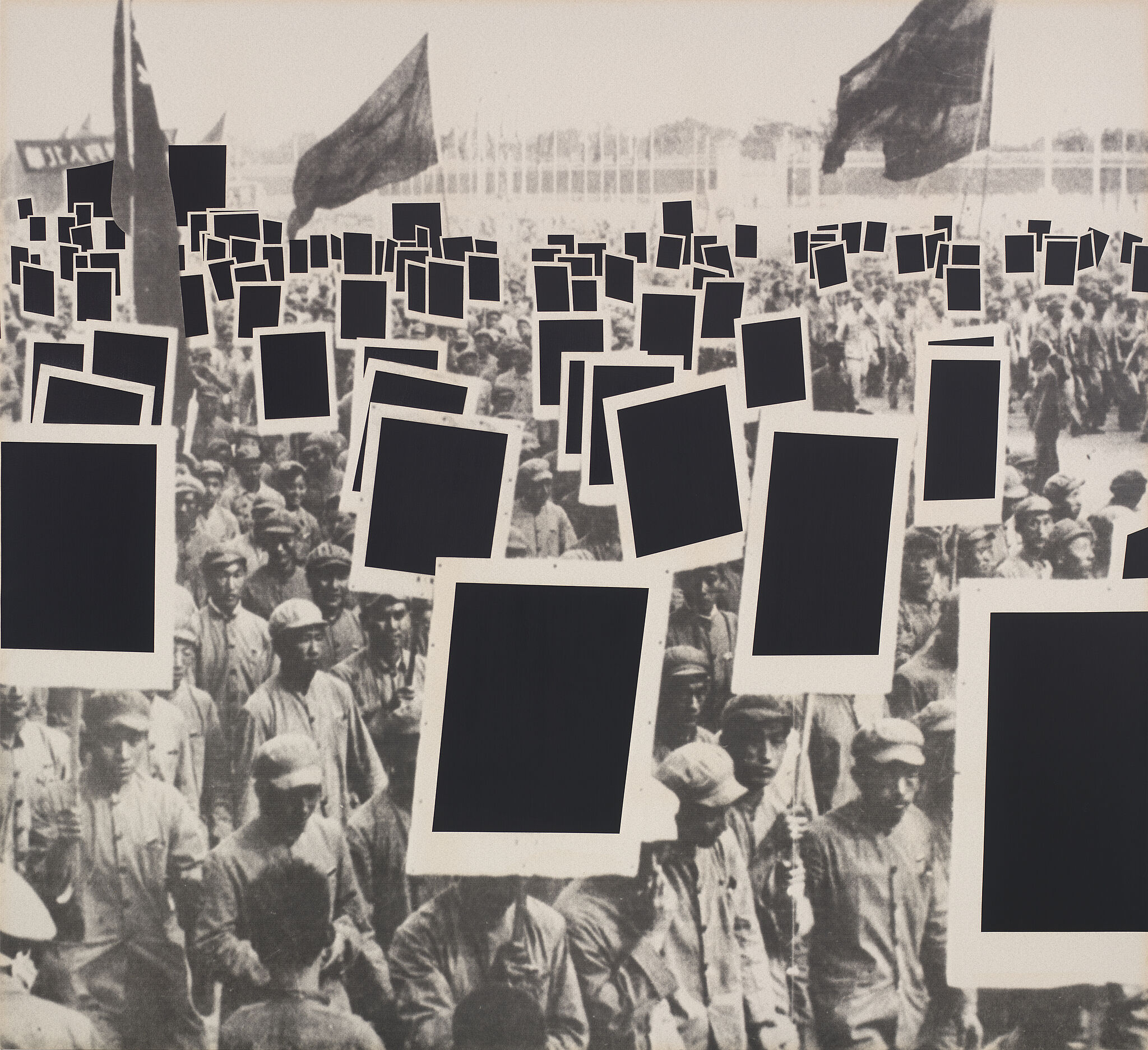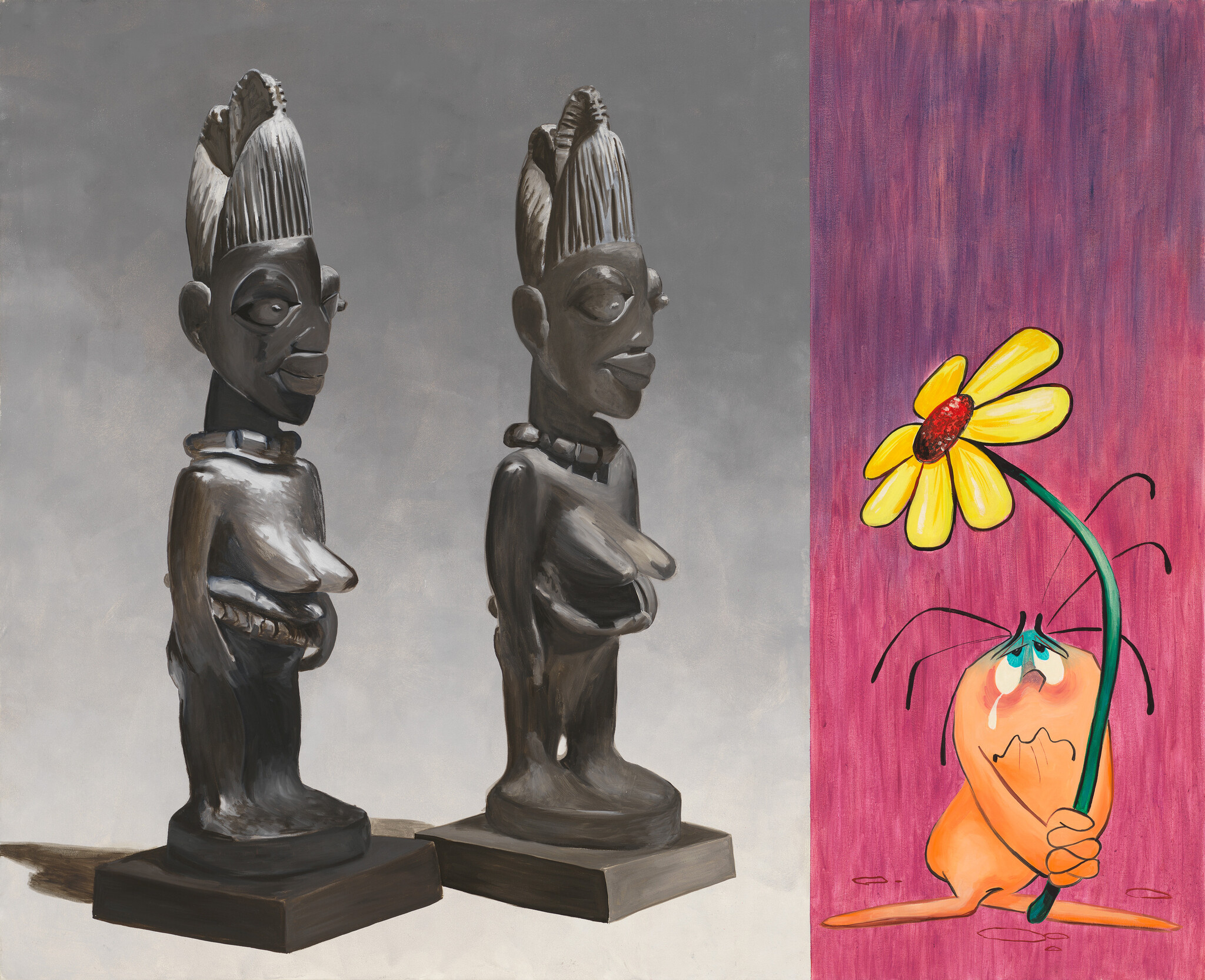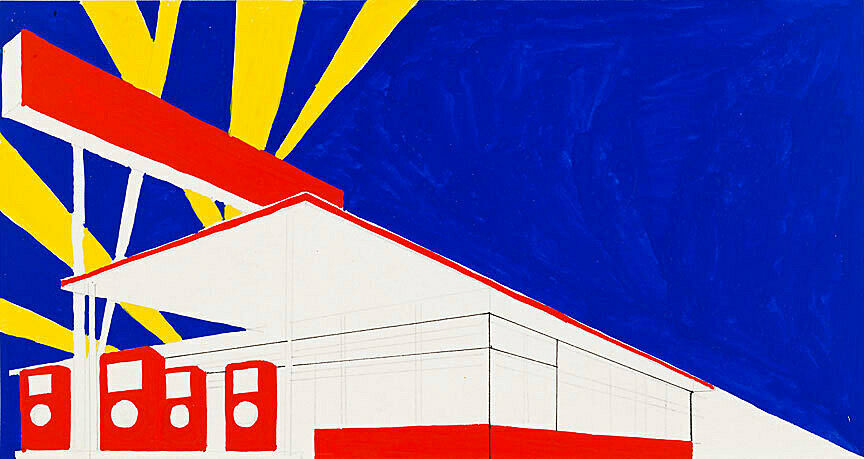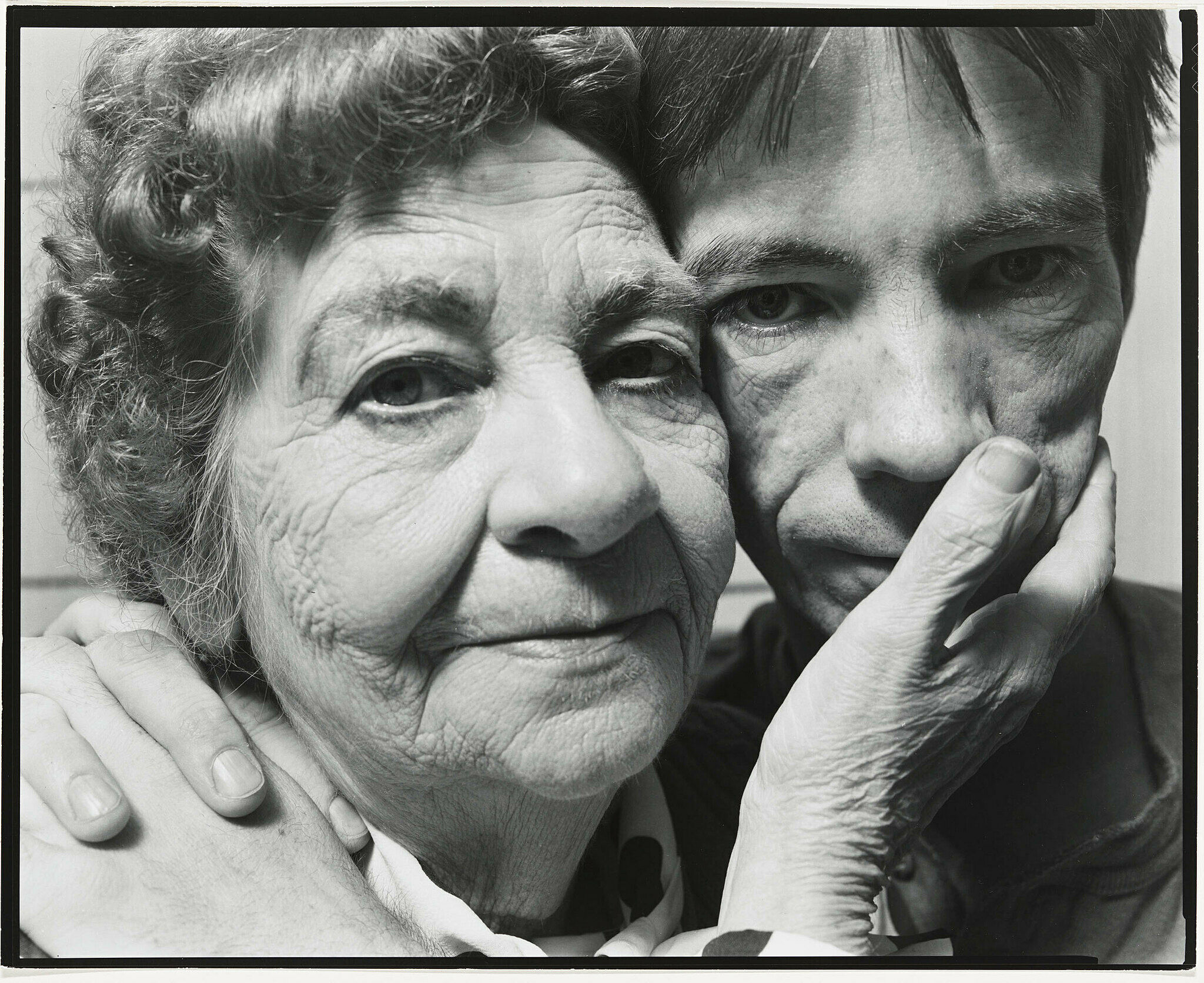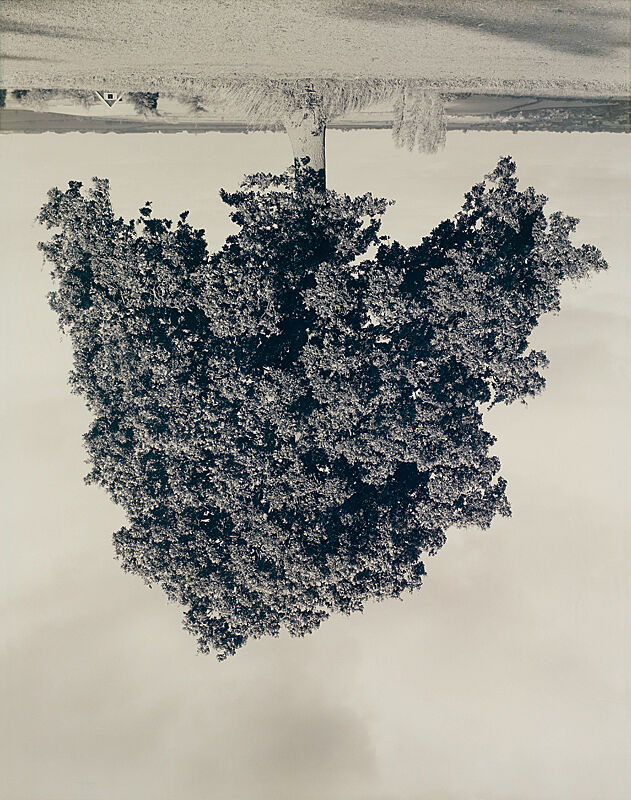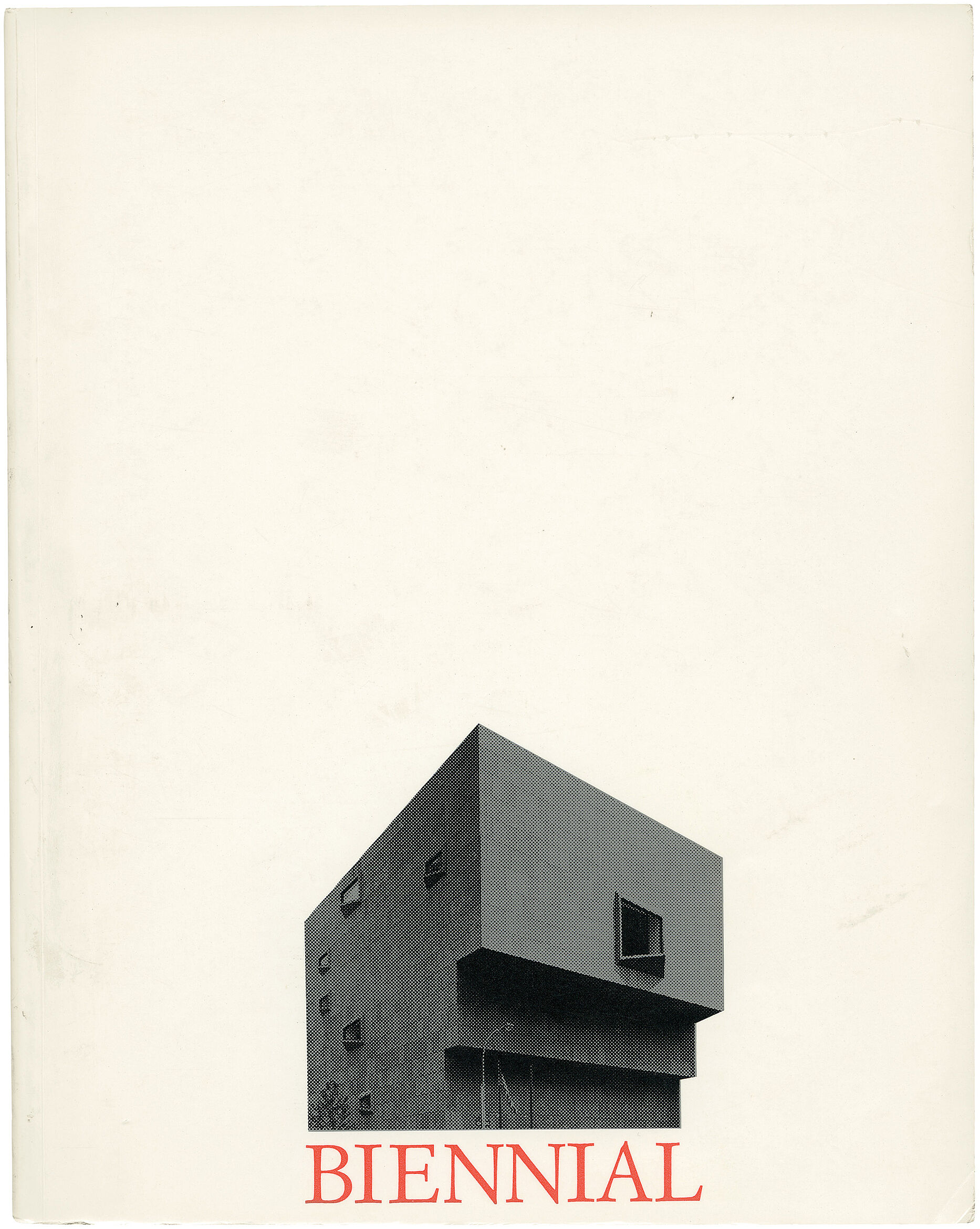Keith Haring
1958–1990
Keith Haring’s imagery is familiar worldwide for its trademark black lines, bright colors, and iconography of radiating babies, dancing men, and barking dogs. Haring achieved this recognition and executed his large body of work during the period of twelve years from 1978, when he moved to New York, until his death from AIDS-related causes in 1990. He was a vital part of the burgeoning 1980s New York art scene, from its beginnings in the East Village, amid other young artists such as Kenny Scharf and Jean-Michel Basquiat. New York served not just as inspiration but as the site for much of his art, and it was there that he developed his spontaneous, free-flowing style of graffiti for decorating the surfaces of streets and subways.
In 1981, as Haring’s career was gathering momentum, he discovered the vinyl tarps that the city’s electrical company used to cover its equipment on the street. Enchanted with this new support, he found a distributor from which to reliably and legally obtain them. Without having to deal with the pressure of being caught by the police, Haring now was able to more carefully arrange his images, as evidenced in this indigo tarp in which three figures— two dancing, one with his eyes covered— are interwoven with the hieroglyphic-like, allover composition. As the decade progressed, Haring became increasingly aware of his role in society and his ability to communicate with a broad public. He strove to create art that was easily accessible and yet addressed the social concerns of his times, including AIDS, racism, and illiteracy.
Introduction
Perhaps more than any other artist associated with the corporate art boom of the 1980s, Haring has become one of the most popular. His simple, cartoon images and flat color, executed in a graffiti-like style appeared as sculptures, decorative accesories, and on the running "Spectacolor Billboard" in Times Square, New York (1982). Haring died of AIDS in 1990.
Country of birth
United States
Roles
Artist, cartoonist, graffiti artist, muralist, painter, photographer, sculptor
ULAN identifier
500024253
Names
Keith Haring, Ḳit Haring, קית הרינג
Information from the Getty Research Institute's Union List of Artist Names ® (ULAN), made available under the ODC Attribution License. Accessed December 24, 2025.

